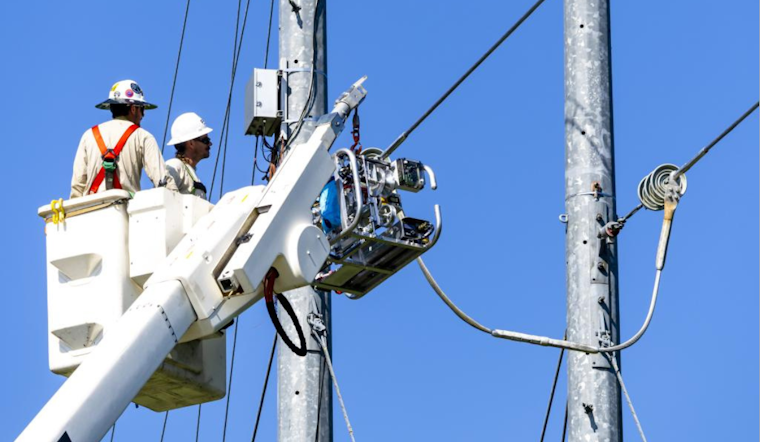Amid the growing demand for electricity and extreme weather putting a strain on the U.S. power grid, innovative solutions are being sought by the energy sector to boost capacity without overhauling the entire system. The Powerline Conductor Accelerated Testing Facility (PCAT) at the Dept. of Energy’s Oak Ridge National Laboratory has become a pivotal site for these advancements, providing a unique setting where new power line technologies can endure rigorous long-term testing under variable conditions, as reported by
Oak Ridge National Laboratory
.
PCAT manager Brian Rowden explained the lab’s objectives focus on increasing current capacity, extending operating lifetimes, and mitigating operating temperatures using new materials and designs. However, the intricate interplay of these goals presents a complex challenge for researchers and industry professionals alike. Sometimes, even advanced coatings and integrated features must be assessed to understand how they stack against the existing grid technology fully. The facility’s outdoor laboratory enables companies to evaluate the performance of novel conductor materials, sensors, controls, and, notably, high-tech coatings under real-world-esque conditions.
A recent case involved a robot-applied coating dubbed E3X, developed by Prysmian. It decreases the amount of heat retained by cables, thus allowing them to carry more current—a critical enhancement during high temperatures that traditionally reduce line efficiency. According to Joe Coffey, Prysmian’s director of overhead transmission, the robot’s on-site application of the E3X coating on existing lines was subjected to direct comparison with uncoated lines under identical loadings and weather conditions for about six months to gauge its effectiveness, a vital experiment confirming that the coating could bolster capacity without line replacement efforts.
Indeed, Prysmian’s collaboration with ORNL has been ongoing since 2015, wherein such joint studies have been integral to validating the coating’s performance after extensive mechanical cycling and high constant current loads. Power cycling tests indicate that the E3X coated line can keep up to 57 degrees Celsius cooler, allowing more current to flow more efficiently, which could revolutionize line capacity without
replacing existing infrastructure, as
Oak Ridge National Laboratory
‘s news release articulates.
Such forward-thinking innovations are critical as urban sprawl, the electrification of heating systems, and the surge in electric vehicles necessitate greater energy flow on a grid, primarily designed to accommodate a bygone era’s demands.
The Department of Energy (DOE) says the U.S. needs to expand its transmission systems by 60% by 2030 and possibly triple capacity by 2050 to support clean energy. ORNL’s facility is critical in testing new conductor technologies, including aluminum alloys and carbon fiber, to replace older materials. This research aims to boost capacity and reduce energy loss during transmission.
Note: Thank you for visiting our website! We strive to keep you informed with the latest updates based on expected timelines, although please note that we are not affiliated with any official bodies. Our team is committed to ensuring accuracy and transparency in our reporting, verifying all information before publication. We aim to bring you reliable news, and if you have any questions or concerns about our content, feel free to reach out to us via email. We appreciate your trust and support!



Leave a Reply